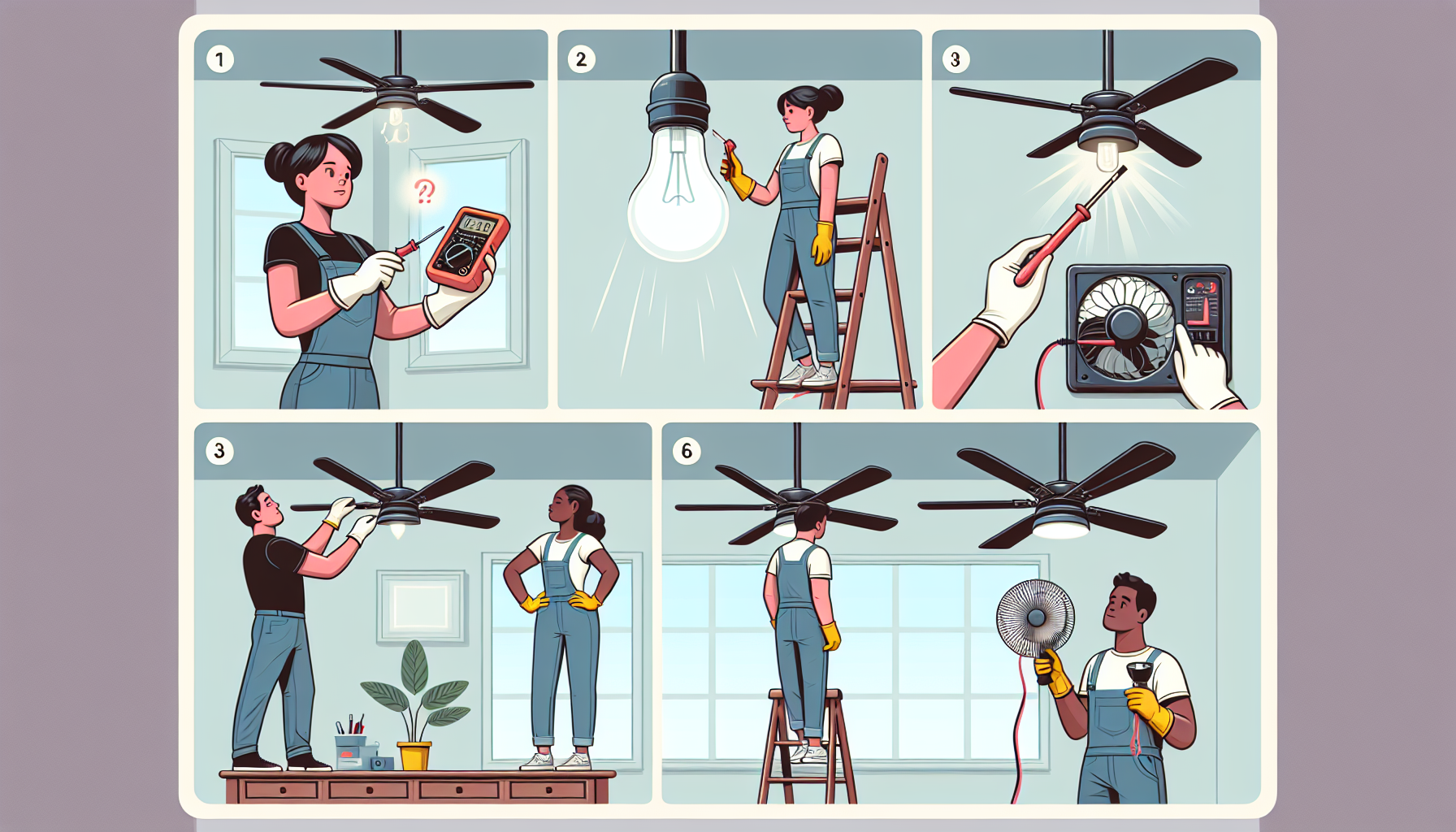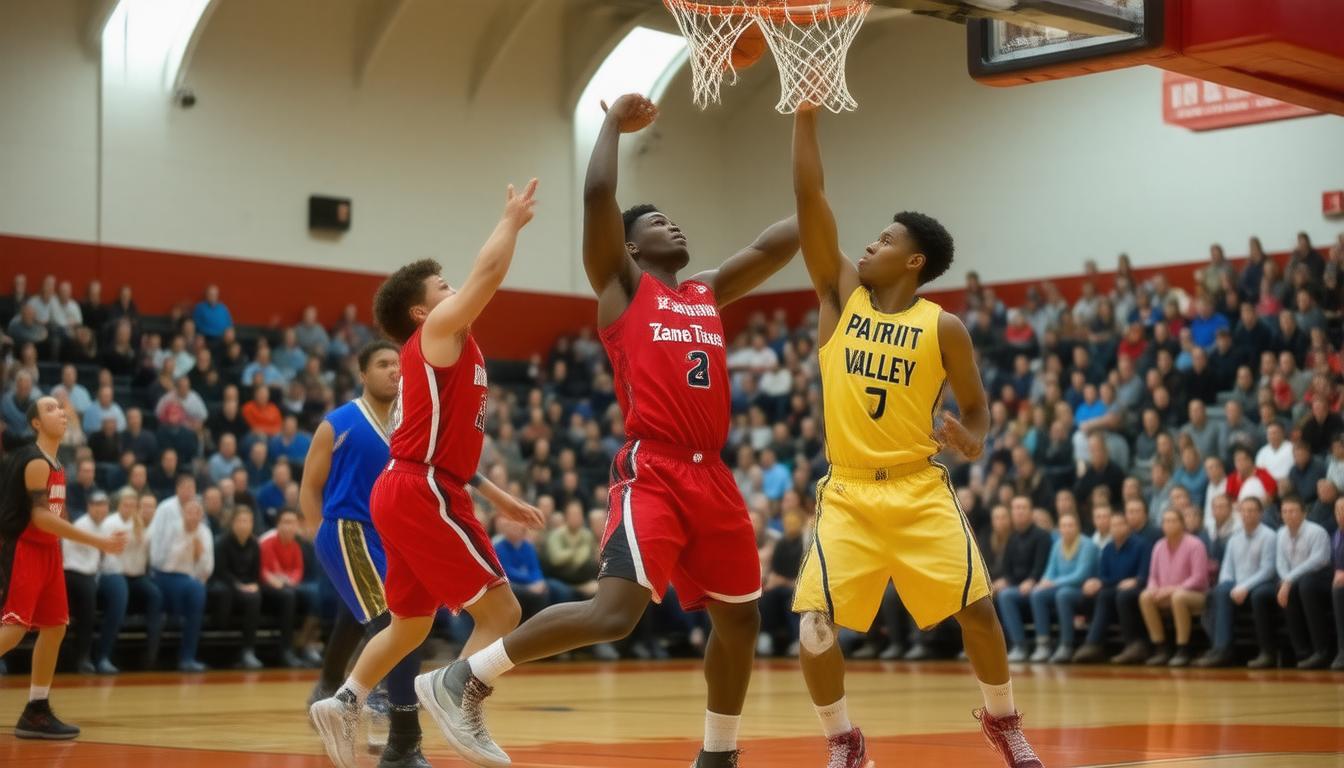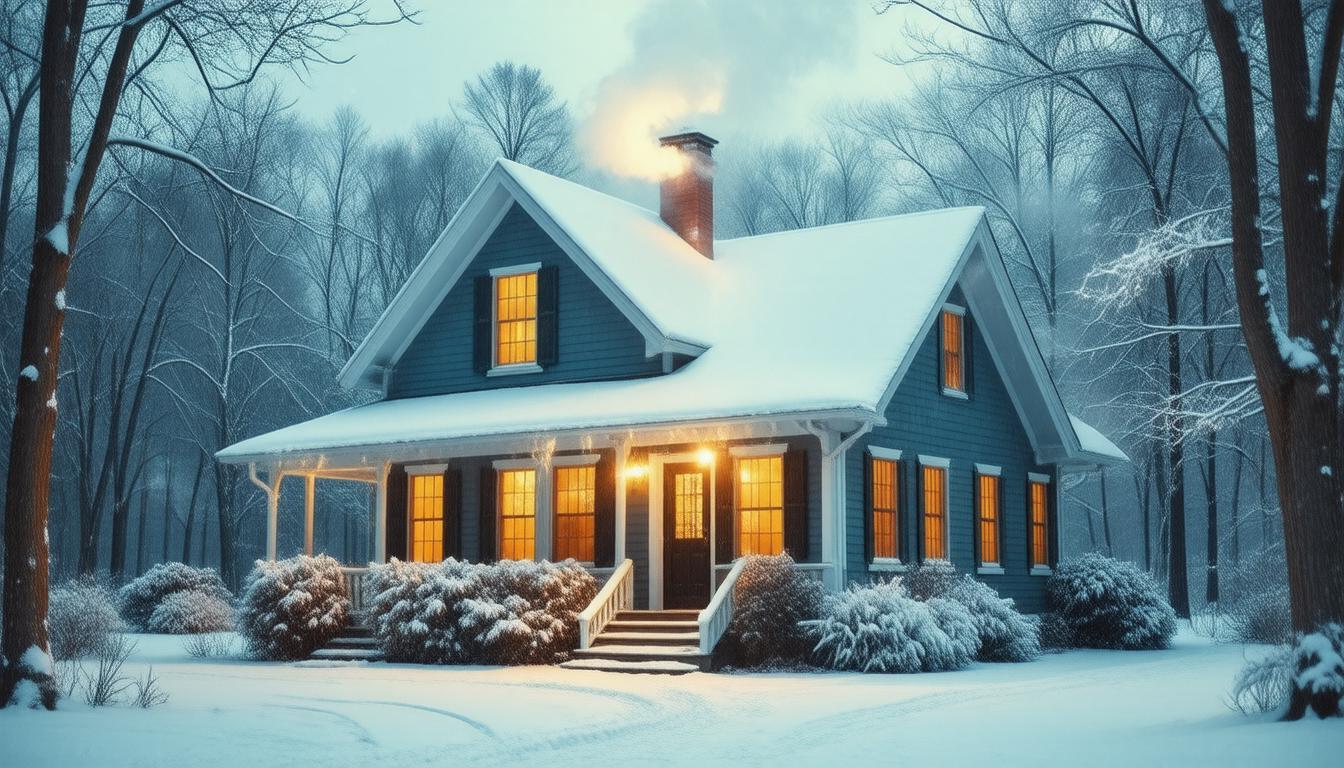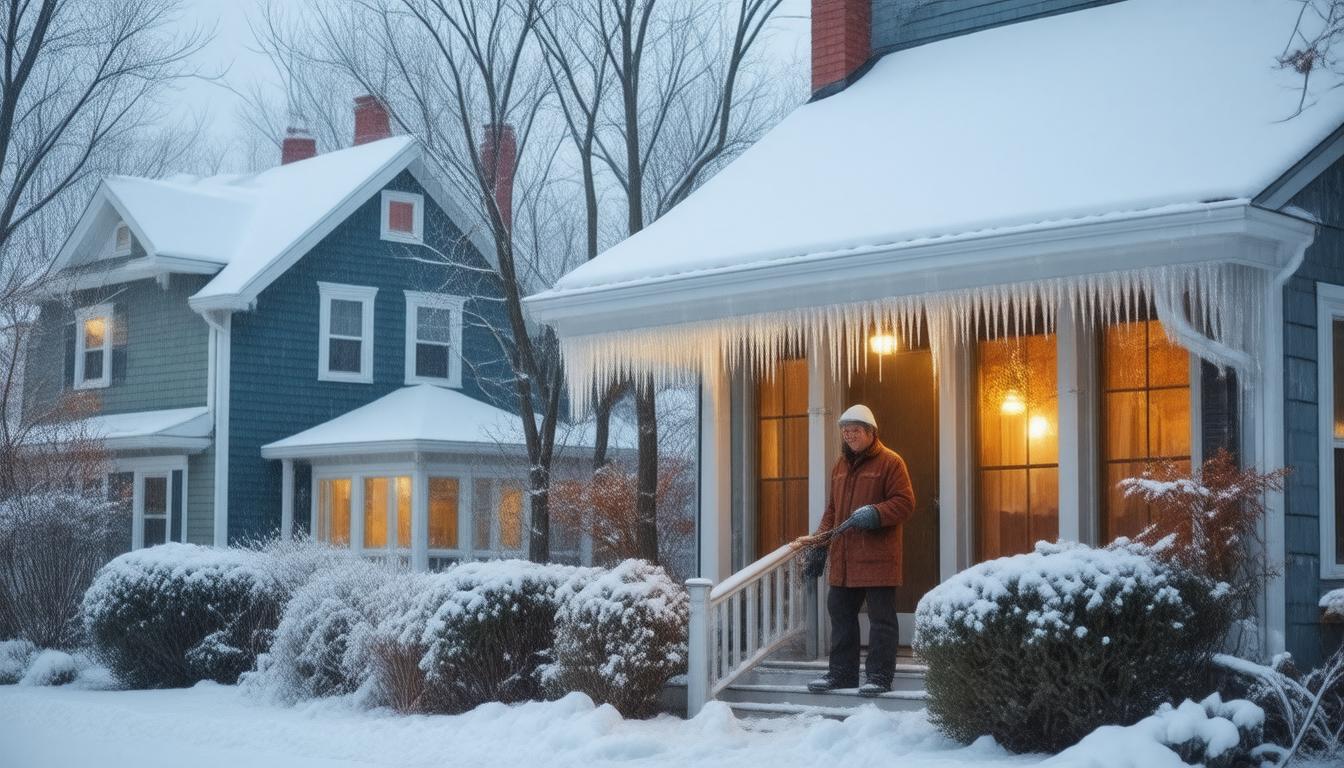
Light fixtures and ceiling fans are integral parts of a home’s aesthetics and functionality. Regular inspection of these fixtures is important to maintain their operation and to ensure the safety and comfort of your home. Knowing what to look for can help you identify potential issues before they become more significant problems.
Initial Inspection: What to Look ForInitiating the inspection process involves looking for visible signs of damage or wear. Turn off the power to the fixtures and fans before you begin your inspection for safety reasons. Here are a few key things to assess:
[list]
[*]Check for any visible damage such as cracks, chips, or discoloration on the light fixtures.
[*]Verify that all mountings are secure and there is no wobble in the ceiling fan when it operates.
[*]Look for frayed wires or any signs of electrical burns that could indicate a deeper issue.
[*]Ensure that all bulbs are functioning and correctly fitted.
[/list]
Keeping light fixtures and ceiling fans clean is not only aesthetic but also extends their life and functionality. Accumulated dust can cause fans to wobble or become unbalanced and can reduce the brightness of light fixtures.
[list]
[*]Dust light fixtures gently with a soft cloth or use a duster with an extendable arm for high ceilings.
[*]Clean fan blades with a damp cloth to remove dust and debris. A pillowcase can be used to clean the blades without spreading dust in the room.
[*]Check for dust or cobwebs on the fan motor and light fittings and clean them carefully.
[*]For glass fixtures or globes, clean with an appropriate glass cleaner to ensure they shine.
[/list]
Electrical safety is paramount when inspecting home light fixtures and ceiling fans. These tips help you conduct a basic safety check:
[list]
[*]Ensure the circuit breaker is off before touching any electrical components.
[*]Inspect wire connections for signs of loose wires or poor connections.
[*]Use a voltage tester to confirm that there is no active current running through the fixtures.
[*]Look for any signs of corrosion that could compromise the safety of the fixture.
[*]Check if all the hardware is in place and secure, including screws, nuts, and bolts.
[/list]
Even with regular maintenance, problems can arise. Here are some common issues and their basic troubleshooting steps:
[list]
[*]If a light isn’t working, first check if the bulb needs to be replaced before delving into more complicated fixes.
[*]A flickering light could signal a loose bulb or a problem with the switch or fixture connections.
[*]A wobbling ceiling fan often means the blades need to be balanced or securely fastened.
[*]A noisy fan might need lubrication, or it could be touching surrounding structures, which needs adjusting.
[*]If the ceiling fan or light fixture does not turn on, check your breaker box for any tripped breakers or blown fuses.
[/list]
While many small issues can be fixed with a bit of DIY know-how, there are times when it’s best to consult a professional electrician:
[list]
[*]If you notice burning smells from the fixture or see sparks, turn off the power and consult an expert.
[*]When you encounter wiring that seems damaged or beyond basic fixing, professional help is necessary.
[*]For installing new fixtures or significantly altering the wiring of your home, it’s best to get professional help to comply with electrical codes.
[/list]
Regular inspection of your home light fixtures and ceiling fans is essential to ensure they are safe, clean, and functioning properly. By following the guidelines above, homeowners can effectively maintain their fixtures and prevent potential hazards. Remember, when in doubt, always reach out to a qualified electrician to handle complex issues or installations. Keeping your fixtures well-maintained means they will light up your life for years to come.







